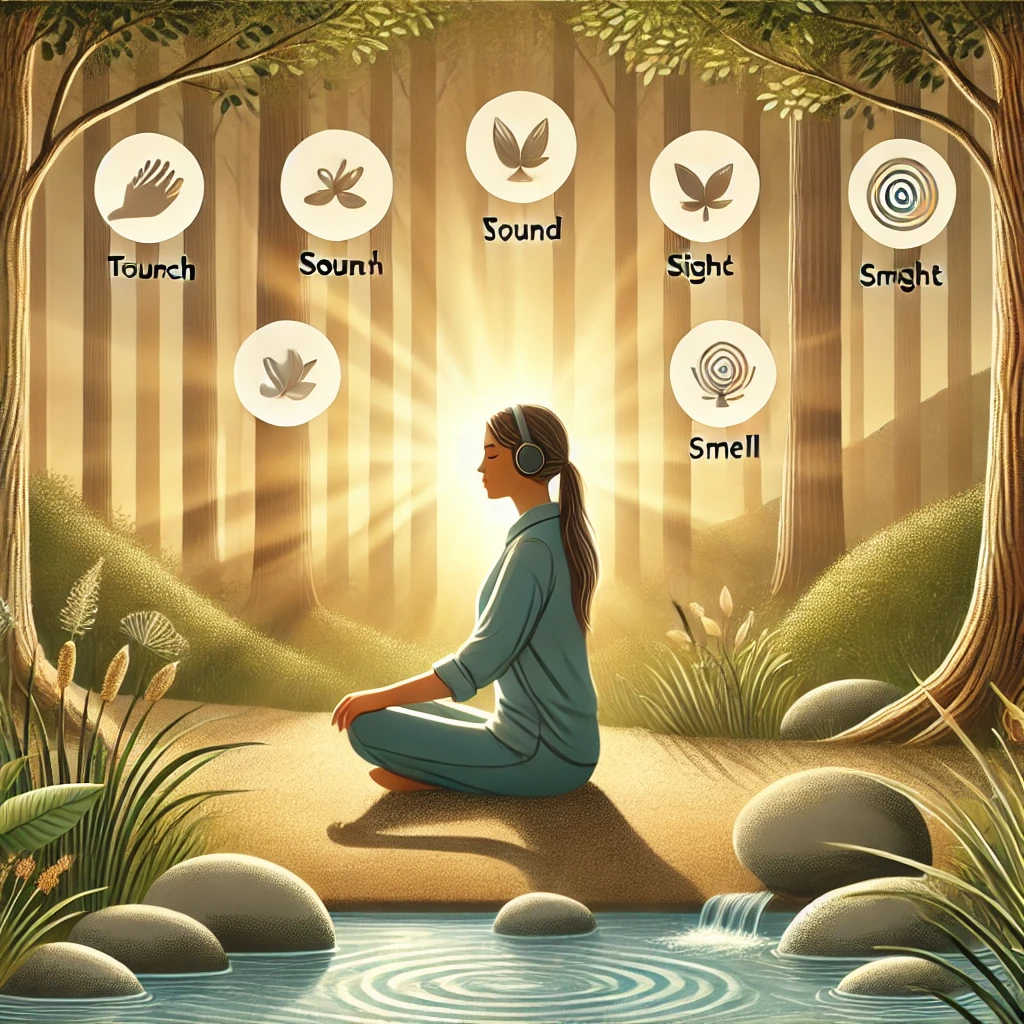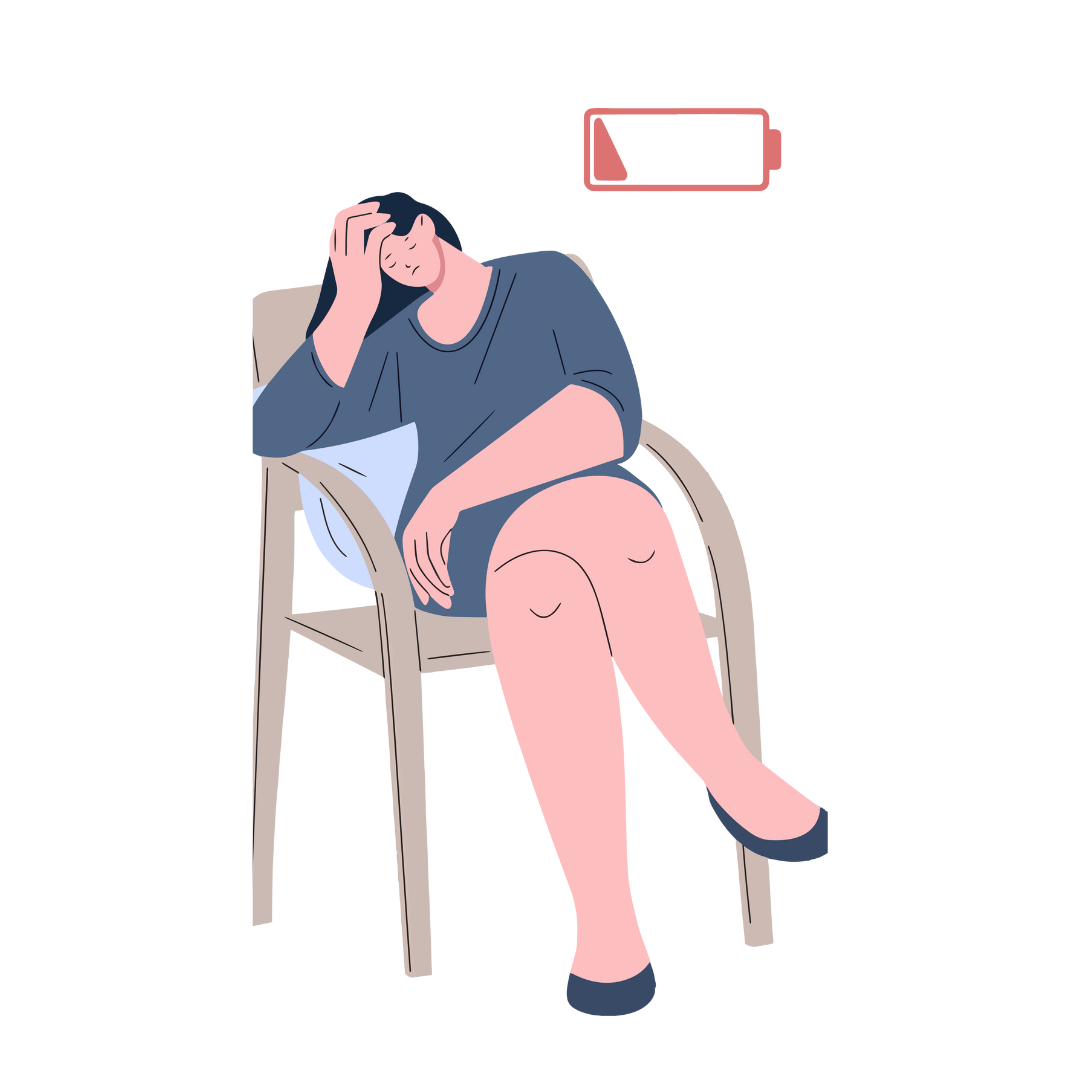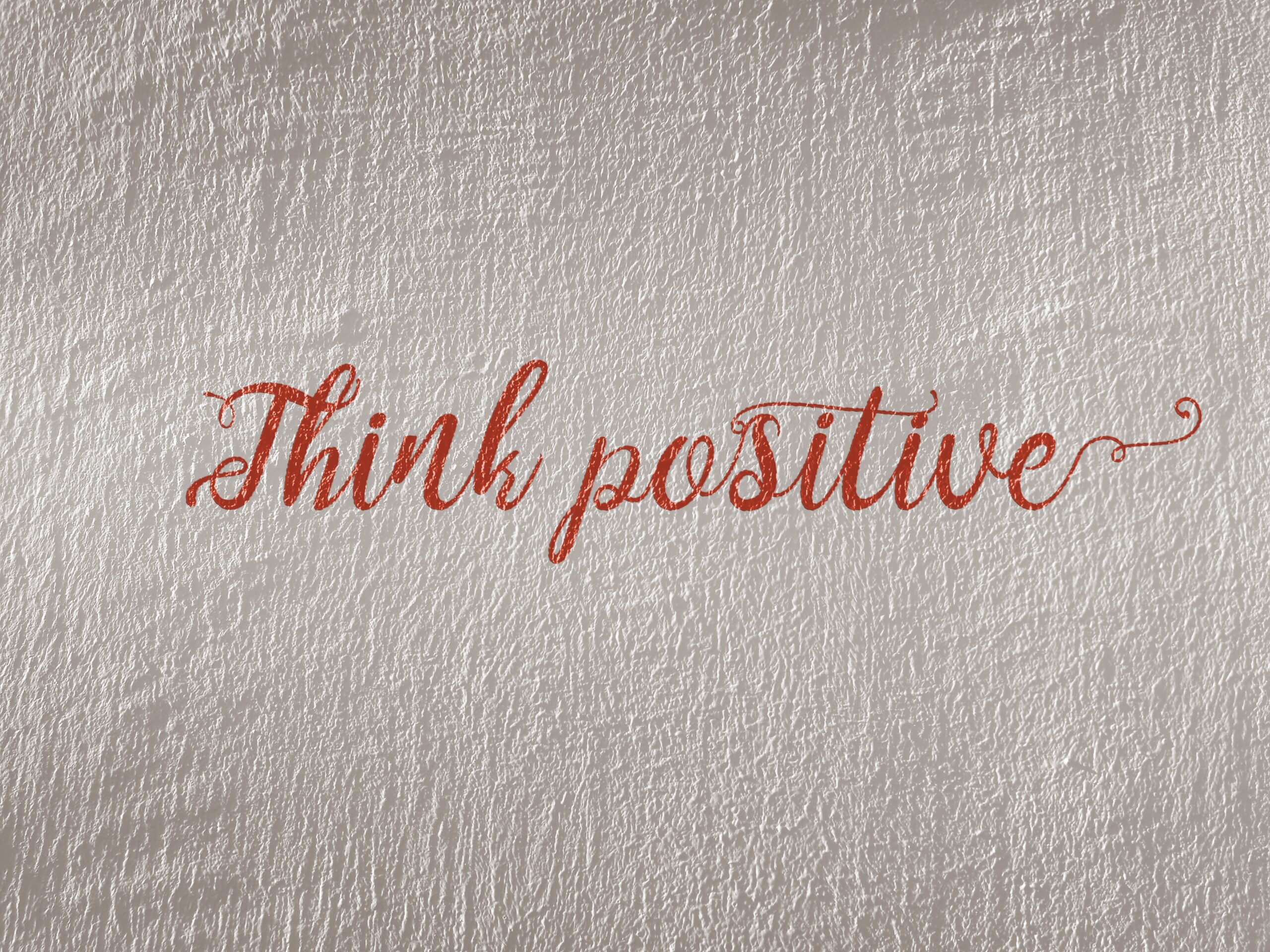Grounding Techniques for Women with ADHD 🌱
Grounding techniques are practices that help reconnect you to the present moment. They can be a powerful tool in your ADHD self-care toolkit. Grounding techniques for ADHD can help anchor your mind, reduce feelings of overwhelm, improve emotional regulation, and help you feel more calm, focused, and in control.

Why Grounding is Beneficial for ADHD Brains 🧠
ADHD women often feel they have a lot of thoughts, sensations, and emotions all at once. Getting shut down and caught up in fight or flight and stress responses is easy.
Grounding exercises help by offering a reliable way to interrupt these cycles and redirect attention to the physical sensations of the present moment.
Grounding helps break cycles of:
- Emotional overwhelm: When feelings of anxiety, frustration, or sadness begin to take over.
- Task paralysis: When starting or focusing on a task feels impossible.
- Sensory overload: When bright lights, loud sounds, or crowded spaces leave you feeling overstimulated.
- Stressful situations: Whether at work, home, or social gatherings, grounding can restore calm.
Grounding exercises are portable, accessible tools to help bring calm and clarity for ADHD women.
The Science of Grounding for ADHD
Research shows that mindfulness meditation and sensory engagement (sight, sound, touch, smell) help calm the brain’s overactivity and support focus. These methods have been linked to improvements in emotional regulation, attention control, and impulse management—all areas that can be challenging for individuals with ADHD.
Grounding is practical in shifting attention away from internal distractions into a steady, external focal point.
When to Use Grounding Techniques 📅
Grounding exercises can be beneficial in a variety of situations, especially when:
- You feel anxious or emotionally overwhelmed: Grounding can help you return to a calm, centered place when emotions feel intense or unmanageable.
- You’re distracted or disconnected: Grounding can reconnect you to the present moment when you’re caught up in daydreaming or struggling to focus.
- The day has been busy or stressful: Grounding can help you unwind and let go of the day’s chaos, preparing you for restful relaxation.
- You’re about to start or finish a task: Grounding can center your focus before beginning a task or help you process stress and transition after you’re done.
- Sensory input feels overwhelming: When sights, sounds, or crowded environments become too intense, grounding can stabilize and calm your mind.
Grounding techniques can be a consistent self-care tool to help you feel more balanced throughout the day, especially if you are frequently pulled off course by overwhelming emotions or distractions.
Grounding Techniques to Try 🌟
Here’s a collection of grounding exercises organized by sensory, physical, nature-based, and creative approaches. Explore them, and choose the ones that resonate most with you.
Sensory-Based Techniques 🖐️👀👂👃👅
These techniques reconnect your mind and body by engaging your five senses:
- 5-4-3-2-1 Method: Identify five things you can see, four things you can touch, three things you can hear, two things you can smell, and one thing you can taste.
- Self-Reminder: Narrate who you are, where you are, and what you’ll do next to bring yourself back to the present.
- Hydration and Coolness: Sip a cool drink or hold a cold can, noticing the temperature, taste, and sensation.
- Sound Awareness: Close your eyes and listen. Name the sounds nearby, gradually extending your focus to more distant sounds.
- Textured Object: Carry a small object with an interesting texture, like a smooth stone, and focus on its texture when feeling overwhelmed.
- Savor a Warm Drink: Hold a warm mug, feel its warmth, inhale its scent, and take slow sips to engage multiple senses.
- Pet Connection: Spend a few minutes with a pet, focusing on their fur’s texture and their behavior.
- Body Scan: Perform a quick mental scan of your body from head to toe, noticing any areas of tension or discomfort.
Physical Grounding Techniques 🏃♀️
Movement-based techniques can release built-up energy, helping to ground and calm your body:
- Grounding Stomp: Stamp your feet to feel a strong physical connection with the ground.
- Wall Push: Place your palms against a wall and push gently to feel centered and anchored.
- Stretch or Dance: Move your body to music, focusing on the sensation of each movement.
- Walking Meditation: Walk slowly and mindfully, paying attention to each step and your surroundings.
- Breathing Exercise: To center and calm yourself, try the 4-7-8 technique: inhale for 4 seconds, hold for 7 seconds, exhale for 8 seconds.
Nature-Based Grounding 🌳
Engaging with the outdoors offers unique calming benefits:
- Barefoot Walk: Walk barefoot on grass or sand, noticing the texture and temperature beneath your feet.
- Nature Sound Focus: Take a moment to listen to the natural sounds around you, like birds or rustling leaves.
- Gardening or Plant Care: Tending to plants or handling soil can ground you with a direct connection to nature.
ADHD and Grounding Techniques that are Creative 🎨
Creative activities can calm and center your mind by focusing attention on simple, tactile actions:
- Doodling or Coloring: Spend time drawing, coloring, or doodling, giving full attention to the shapes and colors.
- Journaling: Write about where you are, what you see, and how you feel. Reflecting on your surroundings can bring your attention to the present.
- Crafting: Try knitting, sewing, or any creative work with your hands, focusing on the process rather than the result.
ADHD and Grounding Techniques for Mental Clarity 🧠
These mental exercises help engage the mind in a focused, structured way:
- Counting Backwards: Start at 100 and count backward by 3s, giving your mind a specific anchor.
- Alphabet Game: Choose a category and go through the alphabet, naming something from that category for each letter.
- Visualization: Imagine a peaceful, safe place in detail, including sights, sounds, and scents.
CLICK HERE TO DOWNLOAD YOUR WORKSHEET⇒ ADHD and Grounding Exercise Free
Reflective Practice ✨
Grounding is a skill that grows with time and practice. Here are some reflective prompts to help you imagine the impact grounding could have, even if you haven’t tried it yet:
- Imagine the last time you felt completely overwhelmed. What would it feel like to have a tool that brings you instant calm?
Picture a moment when you felt overwhelmed or distracted. How might a grounding technique—like focusing on your senses, taking deep breaths, or stepping outside—help you reconnect and find a sense of control? - Which grounding techniques sound most appealing, and why?
Are there any techniques that feel comforting to think about, from sensory exercises to creative grounding? Which ones would fit naturally into your daily routine? - How do you think spending time in nature could impact your mood, focus, or energy?
Imagine adding even a few minutes outdoors to your day, like feeling the grass under your feet, hearing birds, or simply observing your surroundings. How might it help you feel more centered, recharged, or calm?
Creating a Personal Grounding Toolkit 🧩
Grounding is personal, and what works can vary from person to person. Here’s how to build your grounding toolkit:
- Experiment: Try different techniques to discover which ones are most helpful.
- Keep a List Handy: Write down your favorites in a notebook or on your phone for easy access.
- Practice Regularly: Make grounding a part of your routine so it feels natural when needed.
- Add Physical Reminders: Carry a grounding object (like a textured stone) or wear a grounding bracelet as a gentle reminder.
Grounding practices can become powerful tools for ADHD management, helping you reclaim calm and clarity in a busy world. Whether you’re just starting to explore grounding or already use it regularly, these techniques can bring moments of peace and balance into each day. Let grounding be a tool to help you focus on what matters most with a sense of confidence and calm.




